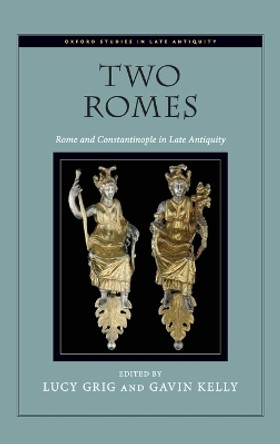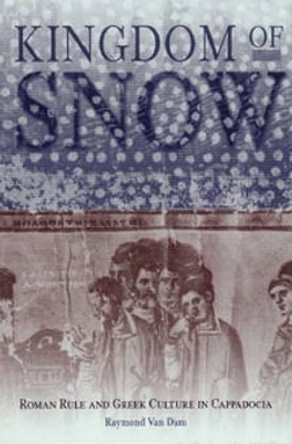Description
Tracing the arc of empire from the Rome of Augustus to Justinian's Constantinople, he masterfully shows how the changing political structures, ideologies, and historical narratives of Old and New Rome always remained rooted in the bedrock of the ancient Mediterranean's economic and demographic realities. The transformations in the Late Roman Empire, brought about by the rise of the military and the church, required a rewriting of the master narrative of history and signaled changes in economic systems. Just as Old Rome had provided a stage set for the performance of Republican emperorship, New Rome was configured for the celebration of Christian rule. As it came to pass, a city with too much history was outshone by a city with no history. Provided with the urban amenities and an imagined history appropriate to its elevated status, Constantinople could thus resonate as the new imperial capital, while Rome, on the other hand, was reinvented as the papal city.
About the Author
Raymond Van Dam is Professor of History at the University of Michigan. His most recent books include Becoming Christian: The Conversion of Roman Cappadocia and The Roman Revolution of Constantine. He lives in Ann Arbor.
Reviews
"An expansive and daring book about the complexity of the human project, its possibilities, its limitations, and its inscrutable ambiguity." --Walter Brueggeman, Professor Emeritus, Columbia Theological Seminary
Book Information
ISBN 9781602582019
Author Raymond Van Dam
Format Hardback
Page Count 110
Imprint Baylor University Press
Publisher Baylor University Press










